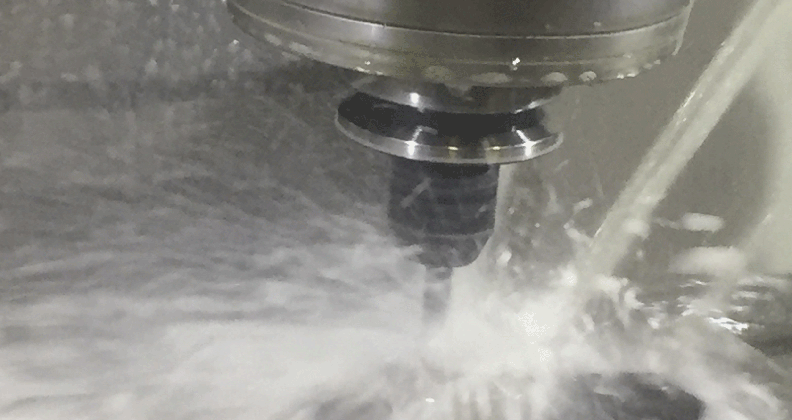
Is it really possible to overlook a key customer within the robust product realization process that defines the orthopaedic and medical device market?
Marketing and engineering teams spend hundreds of hours documenting user needs and customer requirements to guide product development. These are translated into design inputs quantifying the needs, which lead to design outputs defining specific product features and functionality for the device. Finally, to make sure that the product design will meet its intent, verification and validation testing is completed, pushing the product to its limits as well as allowing the end user to critically evaluate the design. Along the way, internal independent reviewers are charged to make sure the development team is on the right track. At the close of the project, this design control and product equivalency rationale is sent to FDA to request approval to launch the design to the market or approval to start clinical trials.
As a final point of control, the company will pay an outside firm to audit this process on a regular basis. Therefore, some could argue that a user need may have been missed, or was translated into a wrong output, but it would be impossible for an entire customer to be left out of this process. But consider this: what does this system, and subsequently this team, produce at the end of the day? They generate the knowledge and specifications for what a product must be; they do not yield the product itself. This is manufacturing’s role.
Consequently, manufacturing is the manifestation of the development process in which the product is fabricated and shipped to the customer. In the end, the output of manufacturing is what meets the user’s needs with the input of the development team. So, where does manufacturing fit into this system outlined above?
Today, design for manufacturability (DFM) has become a broadly implemented step in the development process to integrate manufacturing feedback into a product design and thus ensure that it is capable of being manufactured. Yet this exchange of information is really an input into the design that may or may not benefit the manufacturing process, depending upon how it is received and implemented. Instead, as an engineering team, challenge this paradigm and look at DFM as design for manufacturing as opposed to manufacturability. For the balance of this article, imagine that manufacturing was a customer of the development team. To make their output, the product, the best it could possibly be, how would the development process change?
Engineers are taught that the outcome must be faster, better and cheaper. Let this be the guide that challenges the current model. Starting with faster, look at how timelines are constructed and executed today. The build (manufacturing) is allocated a portion of time as the last gate before a product launch. As the project progresses and delays are realized, tasks at hand are granted the additional time needed, and that time is removed from the next phase. Naturally, the last phase of development becomes the most compressed; a 20-week build time is now only allowed six weeks.
Now, consider if manufacturing were a customer. Would the development team allow their product to get to the customer that late? What if that same team focused on optimizing the build by apportioning time to the manufacturing process development and releasing a proven work flow to operations? Wouldn’t the end user benefit from this, too?
Next, let’s look at better. The design matrix of user needs, inputs, outputs, verification and validation was described above. But look back through that progression and consider manufacturing as a customer that must be included. The requirements would expand to consider manufacturing and inspection capabilities, optimizing the future process. These outputs would eventually manifest in print specifications built around a process and design transfer, which would be seen as a holding of hands to transfer knowledge rather than throwing the package over the wall.
Finally, pilot runs would be executed to verify that the design is ready for manufacturing and the inspection method is sound and repeatable before the development team transitions the responsibility to manufacturing. Design risk would no longer be ignorant of the process, considering potential failures in isolation. Process risk would not be misdirected bypassing critical features, but rather the two would become interlinked and the manufacturing process would be built around mitigating the risk to the end user and patient. Wouldn’t the final product be better in this case?
The last outcome is cheaper. With reimbursement cuts, the medical device excise tax and margin compression, cost is more important today than at any point in the recent past, but making a product faster and better is going to have to cost more. Remember the paradigm change. DFM looks different now. If the design is truly built around optimizing a process, then the workflow will be more efficient, requiring less cycle time and labor to manufacture the part. Each part function will have an associated cost leading to a value-based design. The process will be capable, reducing the amount of overall inspection required. The quality plan will leverage this process knowledge and proven inspection methodology to predict if the next part off will be good, as opposed to trying to inspect quality into the part. This is how true cost is eliminated from a product. It is not leaning out the waste after the product is released; it is lean product development at its best, addressing the cost resident within a design at the point it is initiated. Honestly, cheaper becomes the easiest metric of the three to realize.
By no means is this article suggesting that the end user and patient should not be the focus of product development. What it does lend is a different perspective to this practice by recognizing who is actually making the product and ensuring that they are served by the process, rather than constrained by it.
Sean Miller is an engineering manager at Paragon Medical. Mr. Miller has filled many engineering roles within Paragon over the past six years, including project management, development engineering, manufacturing engineering, supply chain development and special process validation support. He currently manages the Bioskills Lab for cadaveric research and learning. Mr. Miller graduated with a BSME from Purdue University and will complete his MBA from Indiana Wesleyan University this year.
Paragon Medical
www.paragonmedical.com




